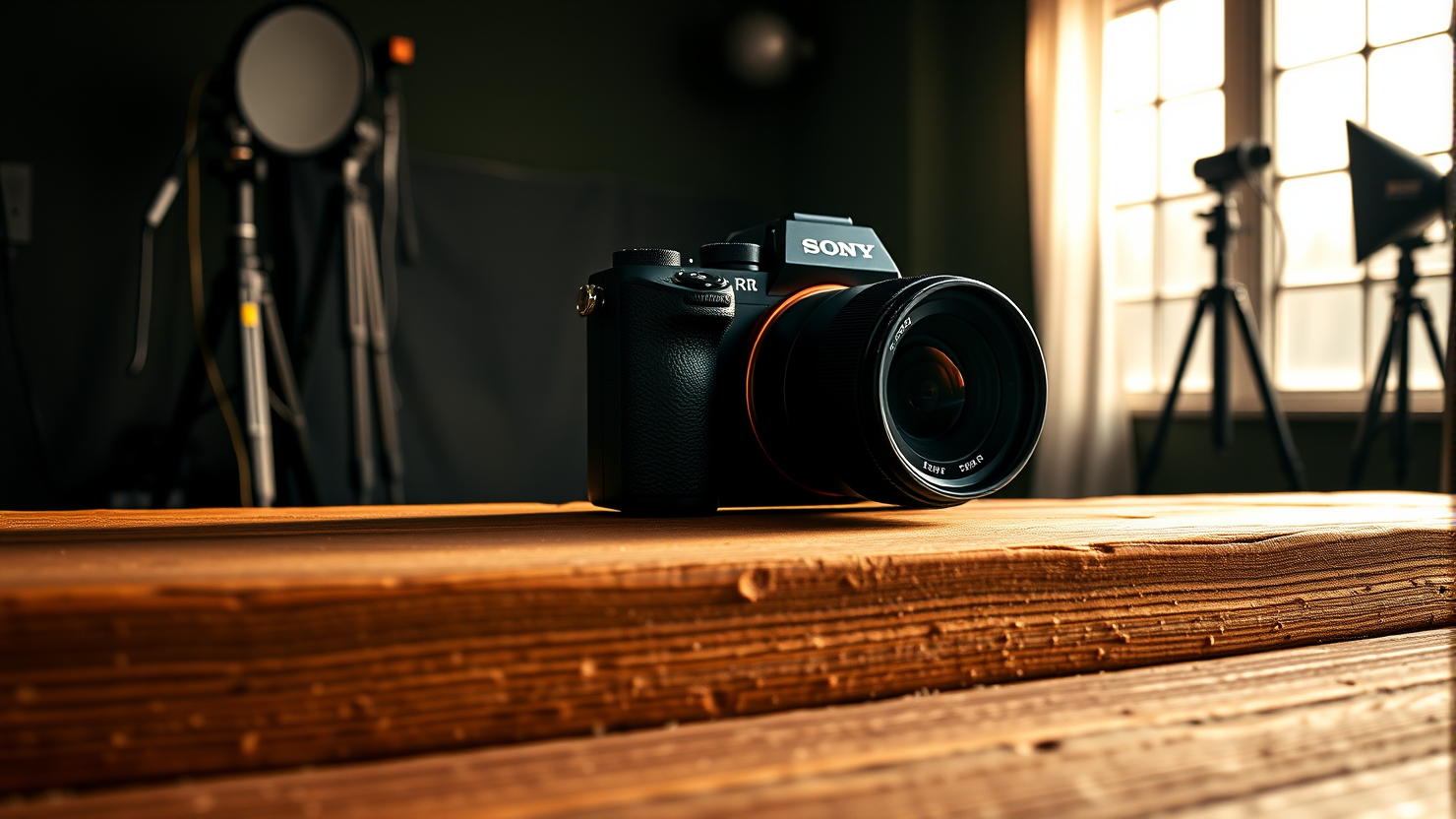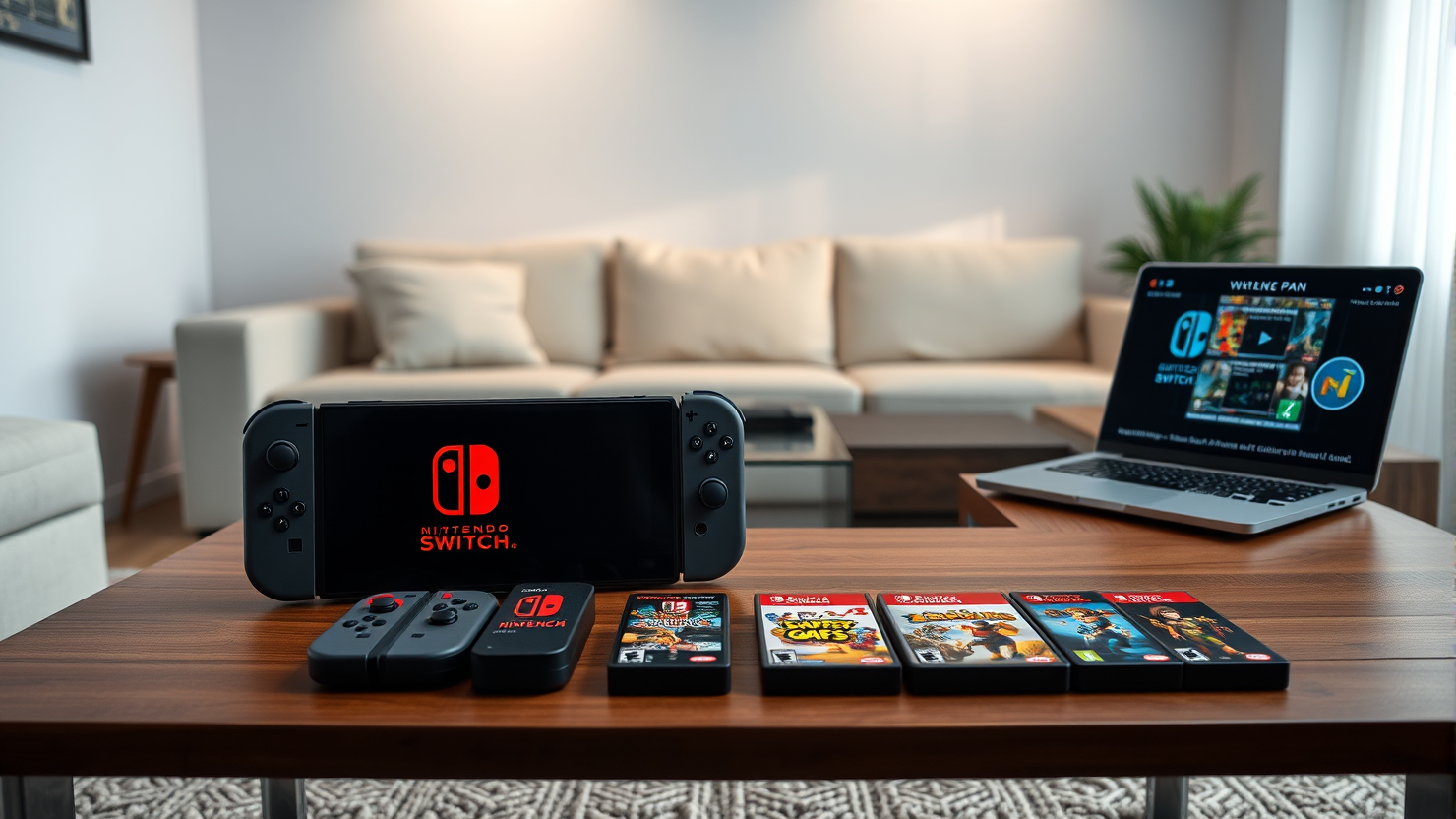Sony’s New RX Fixed-Lens Compact Camera: Shocking Price Reveal!

The Sony RX1R III, a long-anticipated refresh of the 2015 model, was recently announced, marking a return to the fixed-lens compact market for the electronics giant. Boasting a new body design, an upgraded sensor, and the acclaimed 35mm f/2 Zeiss Sonnar prime lens, the RX1R III promises to deliver high-quality imagery in a compact form factor.
However, the $5,099.99 price tag raises eyebrows due to its significant increase over the RX1R II’s initial cost of $3,299.99. This pricing places the RX1R III in close proximity to the Leica Q3 ($6,735) and Q3 43 ($7,380), further highlighting its premium positioning within the market.
As with many consumer electronics, rising costs can be attributed to various factors, including tariffs imposed by the Trump administration that ultimately trickle down to consumers. Despite this, the price point may come as a shock to some.
The accessories for the RX1R III also carry premium prices. Sony charges $299.99 for a rear thumb grip, $199.99 for a vented lens hood, and $249.99 for a vegan leather half case. While aftermarket alternatives are expected to become available and the RX1R III’s lens is compatible with 49mm filters, the accessory pricing further cements the camera’s luxury status.
The RX1R III distinguishes itself through its compact dimensions (2.7 by 4.5 by 3.4 inches, 1.1 pounds), making it an appealing option for those seeking a lightweight, portable solution. Its size is comparable to Fujifilm’s popular X100VI (2.9 by 5.0 by 2.2 inches, 1.2 pounds) and is likely to attract comparisons. The convenience of grab-and-go photography, combined with the absence of the need to select a specific lens, adds considerable appeal to the RX1R III.
Under the hood, the RX1R III features Sony’s latest high-resolution imaging platform, the 60MP BSI CMOS chip, Bionz XR image processor, and AI coprocessor, which are also found in the a7R V and a7CR. The upgraded sensor includes an in-lens leaf shutter that supports exposures of up to 1/2,000-second wide open and 1/4,000-sec when stopped down. Notably, there is no image stabilization, either built into the body or within the lens, a feature that is available on both Sony’s interchangeable lens cameras and Leica’s Q3.
The RX1R III sports a modernized body design with recessed controls replacing the protruding dials of its predecessor. The pop-up EVF has been replaced by a standard corner viewfinder, similar to that found in the a7CR. This design change is likely to be well received by users.
A point of contention, however, is the RX1R III’s rear display, which is a fixed-position touch display compared to the tilting rear display on the older model. Sony cites the size as the reason for this change and also notes that the hinge adds depth to the camera, potentially explaining the switch to a smaller W series battery instead of the long-lasting Z battery from the a7CR. While an upgrade over the RX1R II’s battery, it feels like a half-step forward in terms of overall power efficiency.
Despite its premium price point and certain design choices, the RX1R III represents an intriguing option for those seeking high-quality imagery in a compact form factor. As with other fixed-lens cameras featuring large image sensors, users will pay a premium for miniaturization. Interchangeable-lens alternatives offer greater value and versatility.
The RX1R III’s success will hinge on its user experience, which remains to be seen. Upon testing the camera, we aim to compare it with other models in the category, including the more affordable Fujifilm X100VI and Leica’s Q3 line. The RX1R III is one of many examples demonstrating the ongoing trend towards higher costs in the photo gear market.






